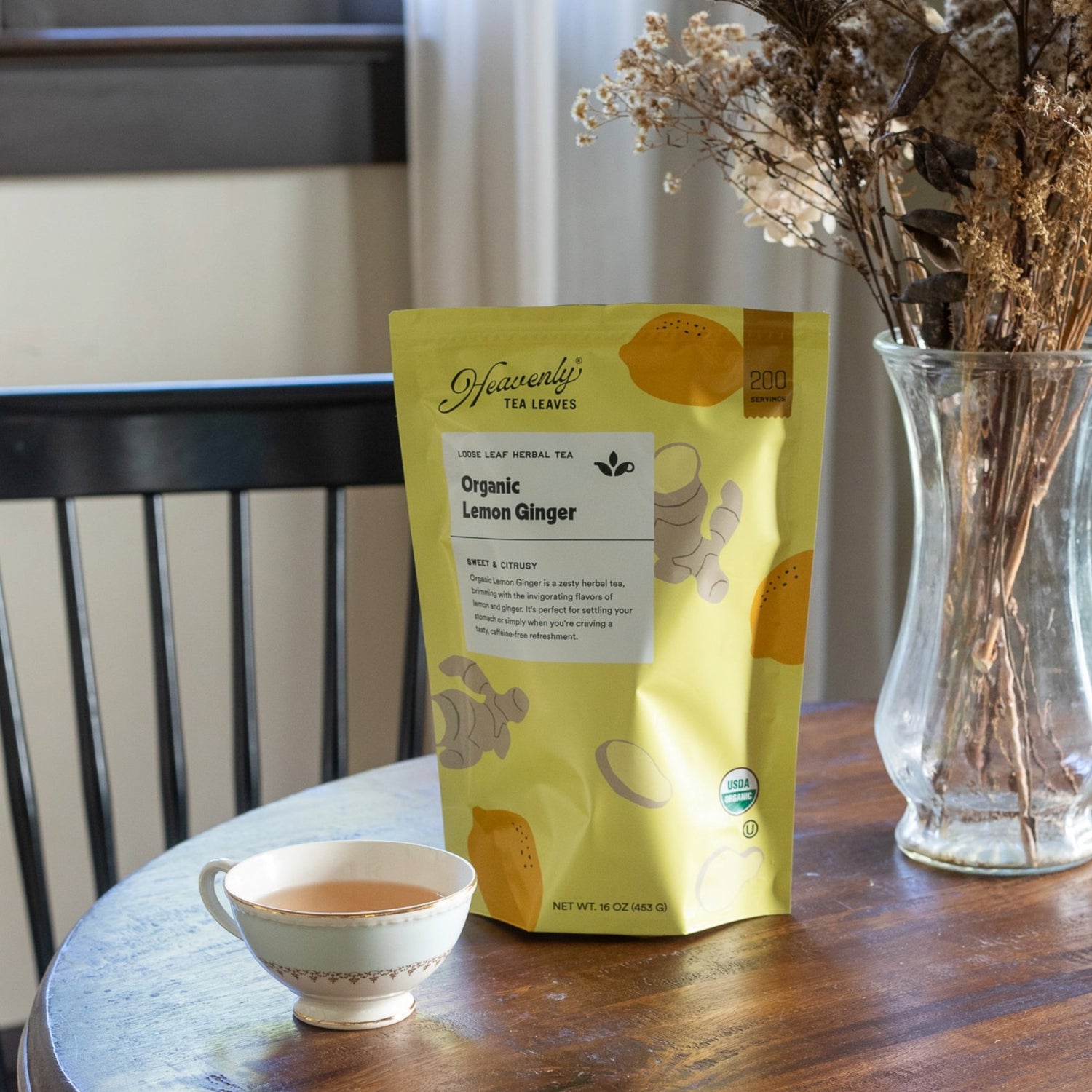Many tea drinkers never give any thought to how tea is made. Although tea is consumed worldwide, most people are unaware of how the leaves of the Camellia Sinensis plant become the tasty beverage they enjoy so much. Whether crafted by hand or mass-produced, all teas undergo certain processes which take them from tree to cup. What follows are a few of the ABC’s of how tea is made, which will help you consider what goes into every cup you drink from here on out.
Orthodox Production
Traditional tea making is concerned with keeping leaves intact in order to maintain their natural qualities, as every action impacts the flavor of the final product (withering, oxidation, rolling, etc.). Leaves are treated gently to avoid breakage and tearing, which can compromise their integrity. Because these processes are often labor-intensive, a single batch of tea can require an entire day to make, if not more. Tea artisans may train for years to master the art of making specific varieties. While more time consuming than other methods, orthodox manufacturing makes it possible to obtain far more from every leaf in terms of color, aroma, and flavor complexity.
Crush-Tear-Curl Processing
A more modern method (but NOT a method used on our teas), Crush-Tear-Curl or “CTC”, processing evolved to meet the high demand for black tea during WWII. Mass-market teabags had a long shelf life and made it convenient for troops to infuse tea quickly. To prepare leaves for use in bags, specialized CTC equipment transforms harvested leaves into tiny pellets. As they are broken up entirely, heat and oxygen can reach every surface easily, making it possible to speed up production. As a result, large quantities can be made from start to finish in just a few hours. In addition to making tea production and brewing simpler, CTC allows greater quantities of tea to be packed and shipped in smaller spaces.
Regardless of which method is employed, five basic steps are generally necessary to get tea from tree to table.
1. Harvesting
Traditionally done by hand, tea harvesting involves gathering unopened buds or buds, and the top few leaves of each branch, depending on the variety of tea being made. While most farms now rely on harvesting equipment, hand plucking is an important part of manufacturing high-quality teas, as it helps ensure the finest ingredients are obtained, while avoiding breakage and bruising caused by machinery. To make the job easier, tea growers typically keep plants pruned to waist height. Once leaves have been harvested, broken leaves, stems, and other unwanted materials are removed. In certain cases, like that of Kukicha, the tea master will use the stems and other "unwanted" parts (historically, this was done to make it more affordable, but these days, Kukicha is a delicacy).
2. Withering
Freshly-harvested tea leaves can be quite stiff and difficult to work with. Exposing them to air and allowing them to wither reduces water content, rendering them soft and pliable. Occasional fluffing and turning help ensure that the leaves receive even exposure. Because worldwide demand for tea is so high, withering is often hurried along by blowing warm air on the leaves in a controlled environment. However, top varieties are still withered more slowly, as they are laid out gently on mats or tarps.
3. Rolling
After withering, tea leaves are rolled, pressed, or twisted (by hand in orthodox production) or chopped in a CTC machine (mass-market teas) to break down their cell walls. This exposes enzymes and essential oils to the air and jumpstarts the oxidation process. Because it is less “invasive”, orthodox rolling retains more essential oils which are necessary for flavor development. While CTC makes it possible to keep up with high demand, the loss of flavor-creating compounds is an unfortunate side effect of speed and convenience. Before modern food preservation techniques, rolling served a practical purpose. When rolled tightly, leaves stayed fresh longer; important when the journey to market was weeks, months, or years away.
4. Oxidation
Oxidation (or “fermentation”) is vital for flavor development. After rolling, leaves are allowed to rest for several hours, during which oxygen causes enzymes to undergo a chemical reaction. The length of time the process continues (or whether it is used at all) determines the type of tea produced, along with its individual flavor characteristics and caffeine content. (Ex: black teas, with their dark color, strong flavor, and higher caffeine level are oxidized longer than other varieties.) In some instances, rolling and fermentation are repeated to further enhance taste and aroma. In orthodox production, oxidation is allowed to occur naturally. CTC methods utilize climate-controlled chambers, accelerating the process in a way that could allow oxidation to be completed in less than an hour.
5. Firing & Sorting
To halt oxidation, heat is applied to tea leaves to kill off the enzymes responsible for the process. This also lowers moisture content (below 3%), which helps keep the tea fresh (important considering most of the tea we buy left its happy home on a tree some months ago). After heating, leaves are sorted (by hand if orthodox or using mesh sieves in varying sizes if by other means). The most basic size classifications are whole leaf, broken leaf, fannings (basically what you see in mass-market teabags), and dust (used to make instant tea beverages).
As an important part of our cultural traditions and everyday lives, tea has an infinitely interesting lifecycle. Whether you enjoy oolong, your morning green, or a “basic” black, it’s important to know what’s in your cup, and how it got there in the first place.

